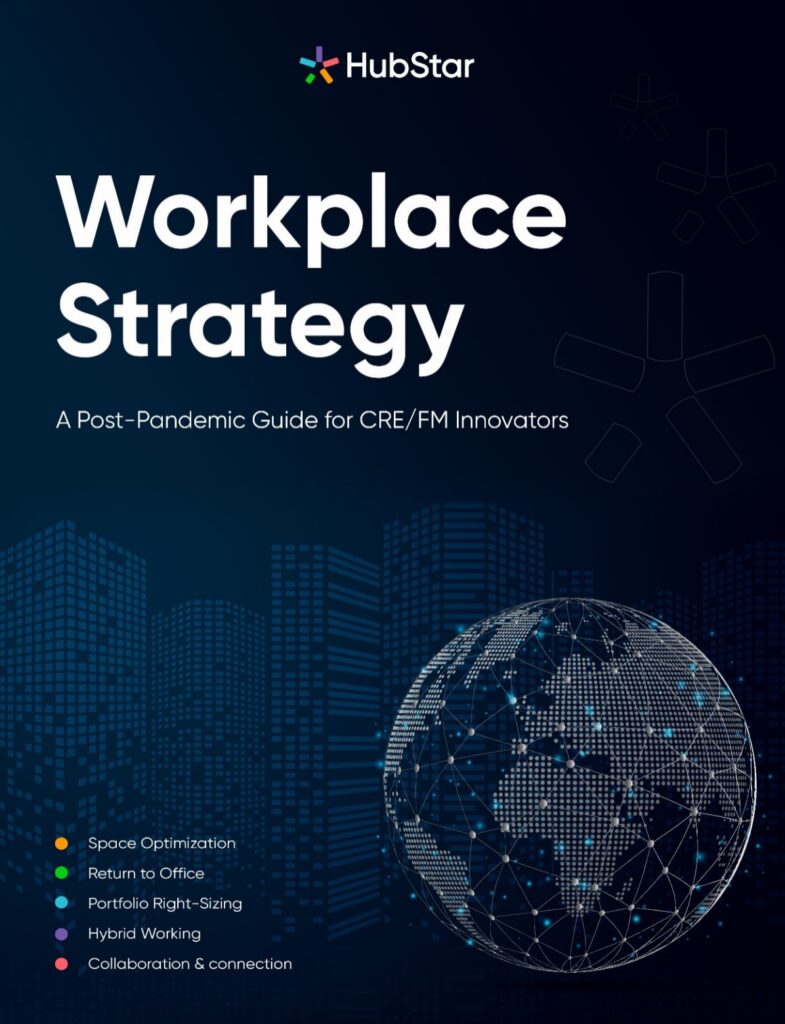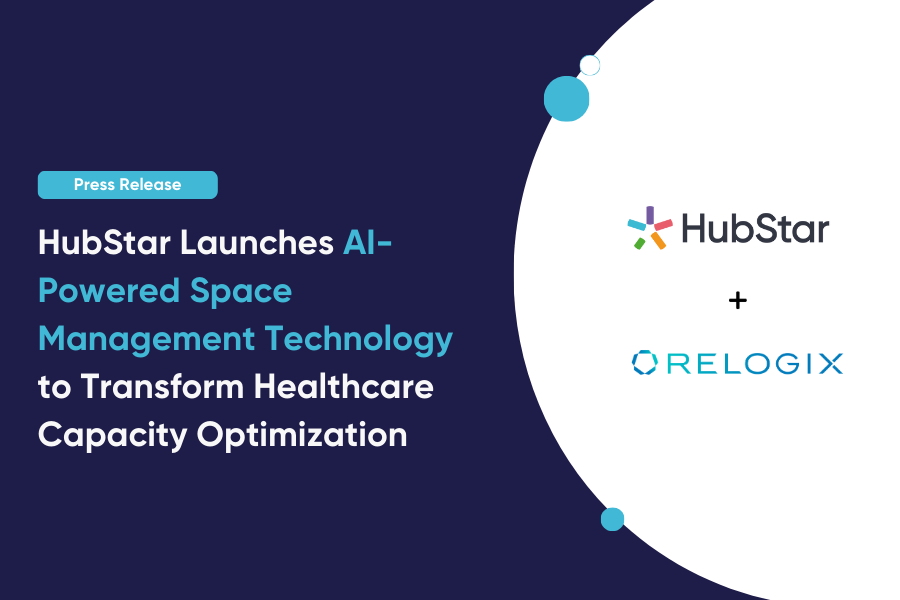Workplace Management Defined

Contents
Good workplace management is a cornerstone of any hybrid working business. It creates a better workplace experience, increases employee productivity and reduces real estate costs.
But what exactly is workplace management? What are the benefits associated with it? And how do you put it into practice?
Let’s take a closer look.
What is workplace management?
Workplace management is the strategy companies of all sizes and all industries use to improve efficiency and productivity, cut costs, and generally improve office management.
Workplace management encompasses the management of the physical office space, covering:
- The design and layout of the workplace
- Space optimization
- Future space planning
- Safety and security
- Office resources
- Workplace technology
- Workplace policies and systems
- Facilitation of hybrid working
Workplace management involves looking at all of the above, with the goal of making the physical workspace as cost-effective and efficient as possible.
Who needs workplace management?
Workplace management benefits anyone who operates a physical workspace, no matter how big or small.
Even a solo person running a one-man-band business should think about office basics such as where they place their desk and whether they have all of the tools they need to do their work well.
And workplace management is absolutely essential for larger, enterprise-level organizations managing lots of employees and multiple workplaces. In larger companies, it’s a good idea to have a dedicated manager to take on workplace management responsibilities to help get the most out of your space and the most for your money.
Good workplace management is the type of background process when, done correctly, ensures that the physical workplace environment empowers your employees to do their best work.
How workplace management can improve the working environment
Workplace management is so much more than repairing the odd trip hazard or topping up the coffee in the kitchen. It really does have the potential to make or break your workplace environment.
Here are just some of the things you can count on if your workplace is managed well.
Improved productivity
Part of workplace management means ensuring your workforce has the space, the tools, and the resources to do their jobs to the best of their ability. For example, giving your people project management tools like monday.com, Trello, or ClickUp can help employees better organize their schedules, focus on specific tasks in larger projects, and collaborate no matter where they’re working each day.
When everything is right there and easy to access, people can focus on getting the job done.
Improved employee experience
When they come to work in a comfortable workspace, with all of the tools and resources they need, employees are happier. In this way, good space management supports the employee experience.
Better security
Workplace management ensures that the office is always a safe place to work. From cleaning protocols to visitor management, it means a higher level of security for the building and its inhabitants.
Better agile working
Striving to build an agile work environment? Then workplace management will help you make the best use of space when employees are in the office. Agile working practices are all about adaptability, and having a workplace that supports resilience and speed is essential.
A well managed workplace can help you decide what kinds of spaces help your teams work with more agility. And the better you manage your workplace, the easier it will be to change things around if you need to reconfigure spaces quickly.
Reduced costs
Proper workplace management means understanding how you’re using the space available to you. With the right analysis, you can do away with unnecessary space, saving on real estate overheads in the process.
Better support for future expansion
Without space management, how will your workplace scale in line with your business growth plans? You need someone responsible for scaling your work environment in line with business objectives.
Best practices for workplace management
If you’re keen to implement better workplace management at your organization, here are a few ideas to get you started.
Analyze current systems
Before making changes, you need to understand what problems are currently at play within your workplace systems.
So take a look at the data. Where are you spending the most money? Which operational stages take the most time? Where are the bottlenecks?
Once you’ve identified these pain points, try to figure out which workplace improvements could help make things more efficient and effective.
Survey employees
Your employees are an incredible resource for workplace management.
They already know what works well and what doesn’t because they’re on the ground, experiencing your workplace day in and day out.
Survey them to find out about their pain points — where they experience friction when trying to achieve their daily tasks. Their feedback should give you plenty of food for thought.
And don’t forget to consider any employee complaints you’ve received about workplace facilities, policies, or tools for ideas of things you need to address first.
Consider office design
The layout of your office is incredibly important. It impacts workplace productivity and innovation and affects the health and well-being of your team.
So rather than putting up with whatever layout you already have, take the time to explore possibilities. With options like flexible workspaces, multi-functional furniture, and even office pods, there are many ways to make your workspace more inspiring and effective.
Implement a room and desk booking system
If your company operates a hybrid work policy, chances are you’ve come across the concept of hot desking.
The problem with hot desking is that it is often disorganized. It doesn’t always support a good employee experience. And it doesn’t always equate to the best use of office space.
Office hoteling, via a desk booking system, is a great way to solve both problems. In fact, implementing a desk and meeting room booking system gives workplace managers better oversight of how space is being used — and ways to optimize usage going forward.
Focus on communication
When people are working from the office and home, you need seamless communication to ensure everyone stays up to speed. Without it, your company suffers.
You need to provide all of the tools and resources your teams need to stay in touch. The right AV equipment, for example, helps hybrid meetings function just as well as the face-to-face alternative.
Equally, the right communication software tools are essential. Regularly assess whether the software you’re using is pulling its weight, whether it integrates with other tools you’re using, and whether employees find it helpful rather than a hinderance.
Workplace management is just one aspect of your overall workplace strategy, which aligns your working environment with employee work habits and preferences. Find out how to create and nail the execution of your workplace strategy in this guide!




